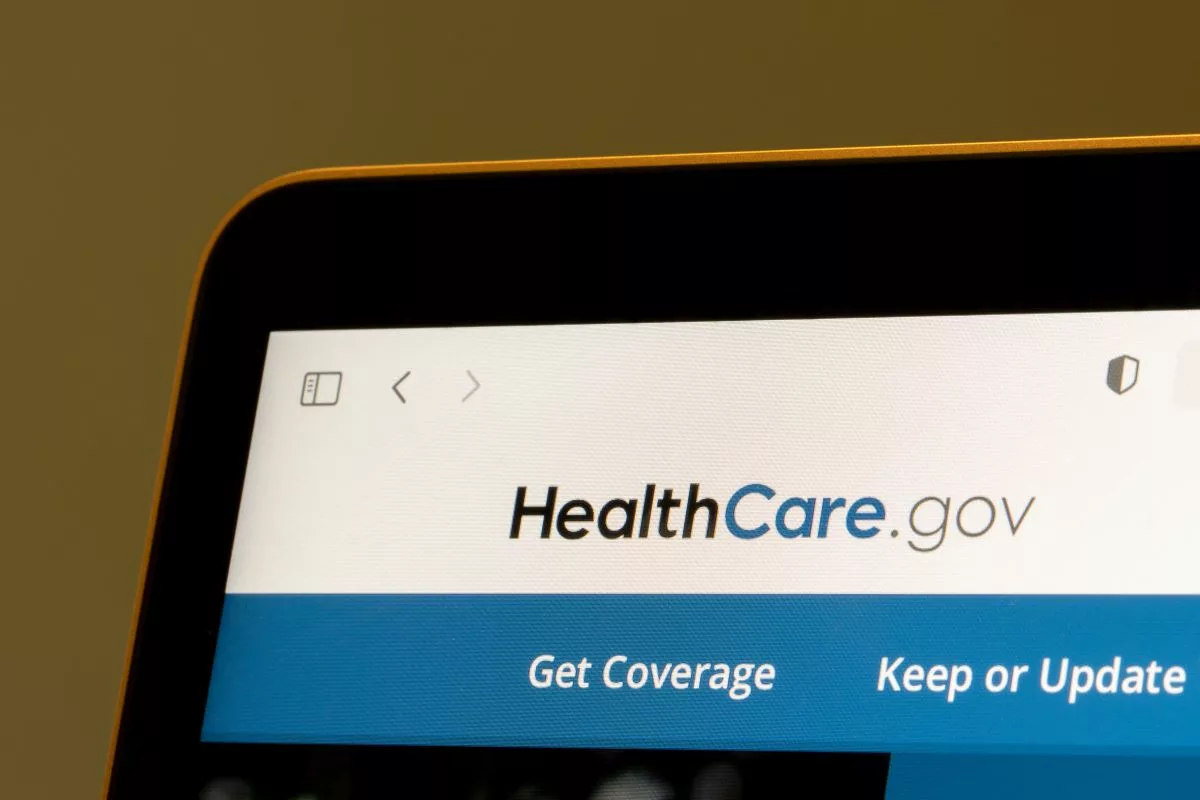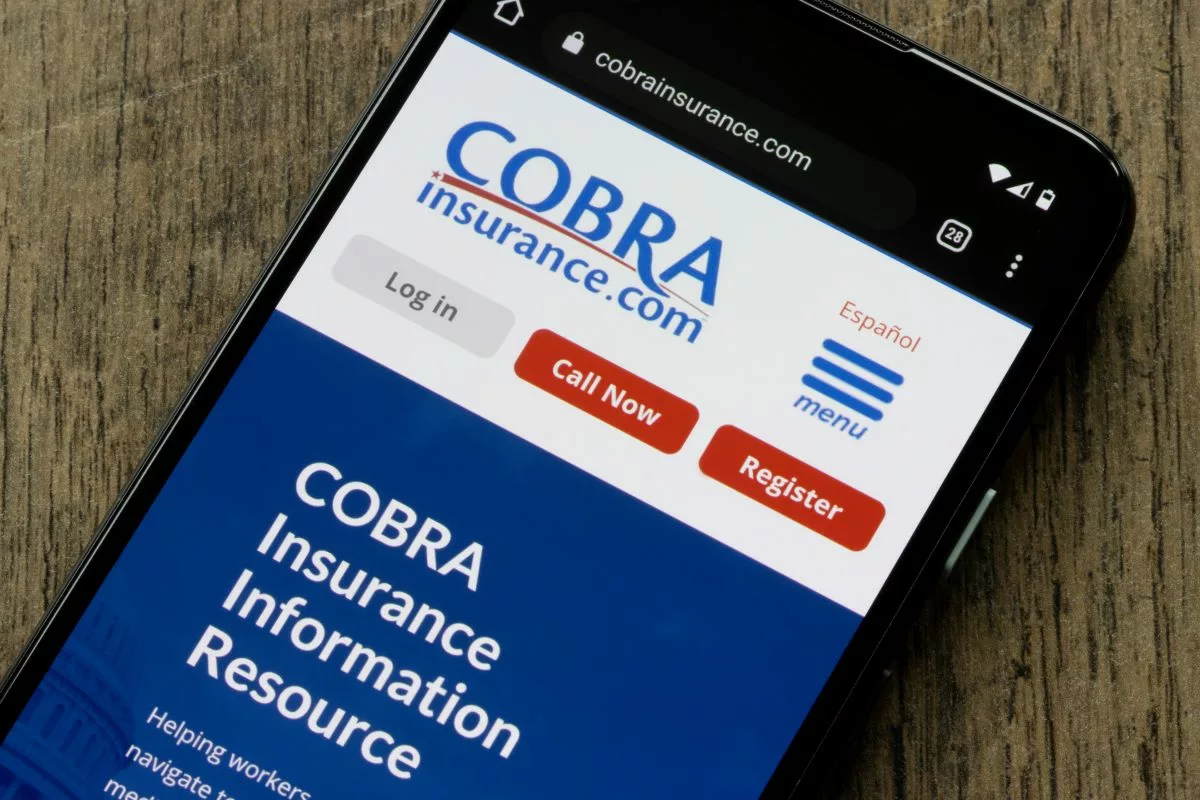Ensuring your family stays healthy goes beyond providing them with food, shelter, and clothing. It also entails making sure they get regular medical checkups and access to treatments when they’re sick. This could pose a challenge when you’re a low-income earner who can’t afford to subscribe to health coverage.
However, this shouldn’t be a problem anymore, as you can now access low-cost healthcare coverage: Medicaid. This article discusses everything you need to know about this coverage and how to apply for it.
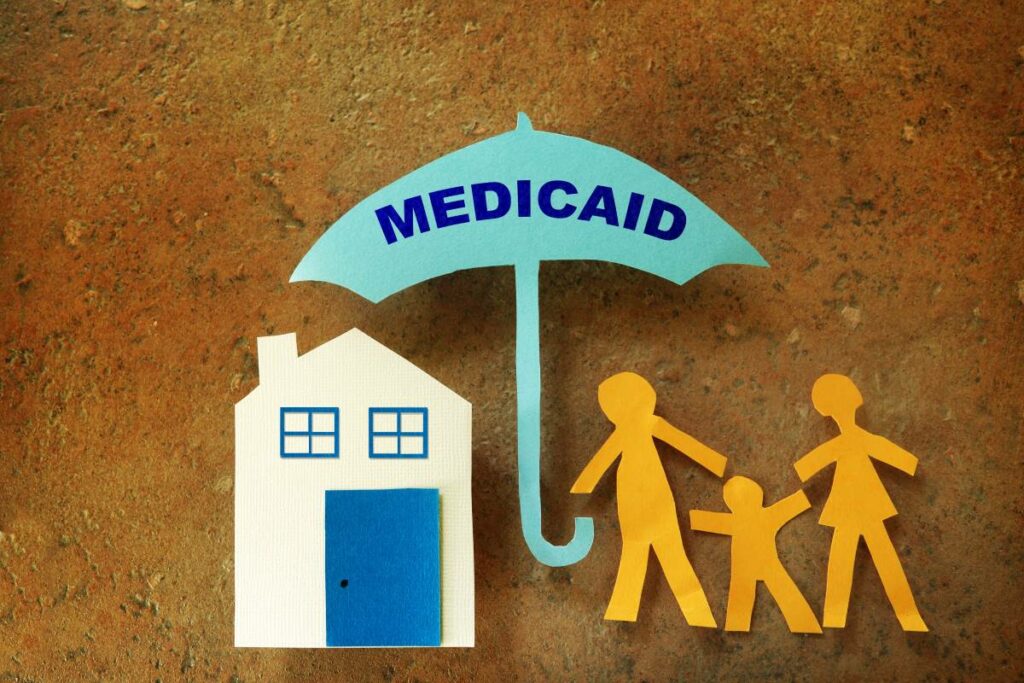
- What Is Medicaid?
- What Does Medicaid Cover?
- Who Is Eligible for Medicaid?
- How to Apply for Medicaid
- How Long Do You Have to Wait for Your Application to Be Processed?
- What If Your Income Is Too High for Medicaid?
- What Happens After Your Application Gets Approved?
- What Happens If Your Application Gets Denied?
- To Sum Up
What Is Medicaid?
Medicaid is a joint state and federal healthcare insurance program designed but not limited to people with low income, pregnant women, people with disabilities, and the elderly. Currently, the program provides coverage to 82.3 million Americans, making it the largest healthcare coverage in the US.
This health coverage, in conjunction with the Children’s Health Insurance Program (CHIP), is run by the Centers for Medicare & Medicaid Services (CMS) – a federal government agency. However, Medicaid and CHIP program names and functionalities differ at the state levels.
Medicaid Vs. Medicare
People often mistake Medicaid and Medicare for the same. While they sound alike, they have distinct functionalities. Medicaid provides healthcare support for low-income earners across America. Medicare, on the other hand, is primarily designed to provide benefits through social security to Americans above 65. Medicare also offers health coverage to patients dealing with End-Stage Renal Disease.
Medicaid’s eligibility is focused on the household income potential of Americans. However, Medicare is based on older Americans, regardless of their income. And while Medicaid varies across the states, Medicare is enforced the same way across the US.

What Does Medicaid Cover?
Medicaid covers a broad selection of healthcare services, with a strong focus on basic medical care. While the services may be different across states, it essentially covers the following:
- Inpatient and outpatient hospital services.
- Early and Periodic Screening, Diagnostic, and Treatment Services (EPSDT).
- Laboratory and X-ray services.
- Family planning services.
- Transportation to and from medical care.
- Pediatric and nursing services.
- Therapy and personal care.
States also have the discretion to offer additional services such as mental health services, hospice care, hearing aids, and glasses.
Will I have to make any copayments?
Most States impose copayments, coinsurance, deductibles, and other payments on some Medicaid benefits. How much you’ll have to pay varies, so you’ll need to check with your local Medicaid department. Know that these payments are exclusive of pregnancy-related services, family planning services, and emergency services.
Who Is Eligible for Medicaid?
Eligibility for this managed care plan varies from state to state. However, eligibility at the federal level is based on one or a combination of the following:
- Low-income households
- Pregnant women
- People with disabilities
- Dependent children
- Anyone receiving the Supplementary Security Income (SSI)
States can include children in foster care and medical patients receiving community or home-based services. If you want to determine if your income level makes you eligible for Medicaid, click here.
If you lose Medicaid or CHIP or do not qualify for the programs, a great way to keep you and your family covered is through the Affordable Care Act (ACA) Health Insurance Marketplace. Follow the link to learn more about it.
How to Apply for Medicaid
There are two ways you can apply for Medicaid if you’re eligible. Learn more about them below.
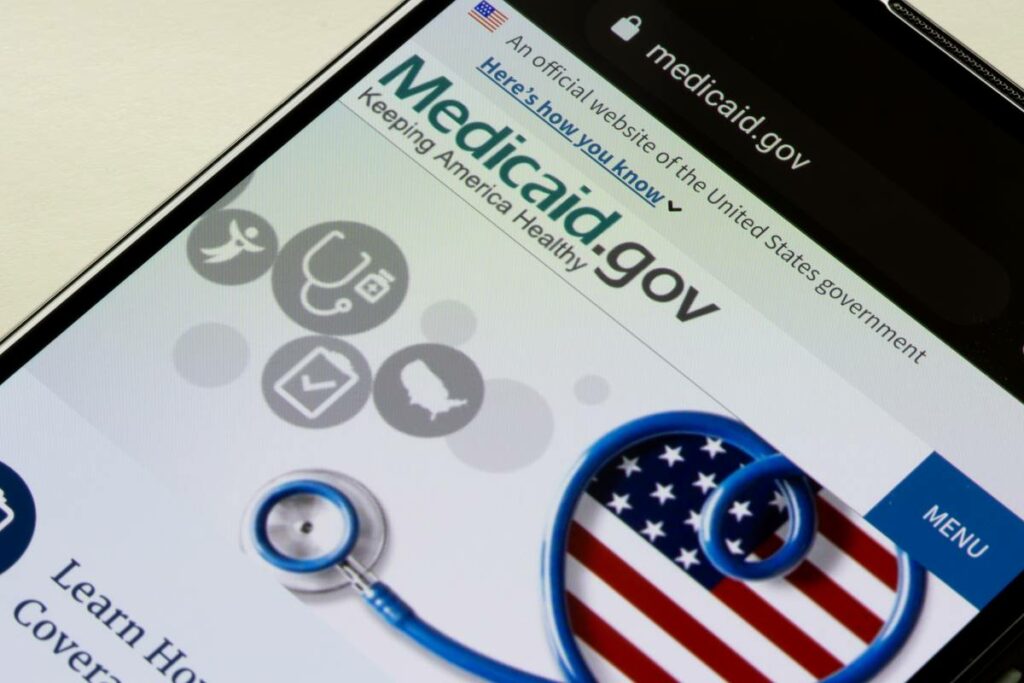
Through the Healthcare Insurance Marketplace®
The first method is to apply for Medicaid through the Healthcare Insurance Marketplace®. Create an account on the website and check if you qualify for healthcare insurance. If you do, the platform will send your information to the state agency where you reside, providing enrollment details. You can also determine if you qualify for an individual insurance plan based on your income.
Through Your State Medicaid Agency
You also apply directly through your state Medicaid agency. You must be a resident of the state in which you are applying for healthcare benefits. You can apply online, via mail, or in person at the physical office of your state Medicaid agency.
What Documents Do You Need to Apply for Medicaid?
You’ll need to provide the following documents and information when applying for Medicaid:
- Your birth certificate or driver’s license as proof of age and citizenship
- Proof of address (utility bills statements or copy of your mortgage)
- Pay stubs
- Medical records to show proof of disability
Some states may have additional requirements, documentation, or instructions during the application. Check with the state agency to find out.
How Long Do You Have to Wait for Your Application to Be Processed?
Once you’ve submitted your application, you’d have to wait 45 to 90 days for it to be processed. This waiting period is subject to the nature of your situation and the documentation submitted.
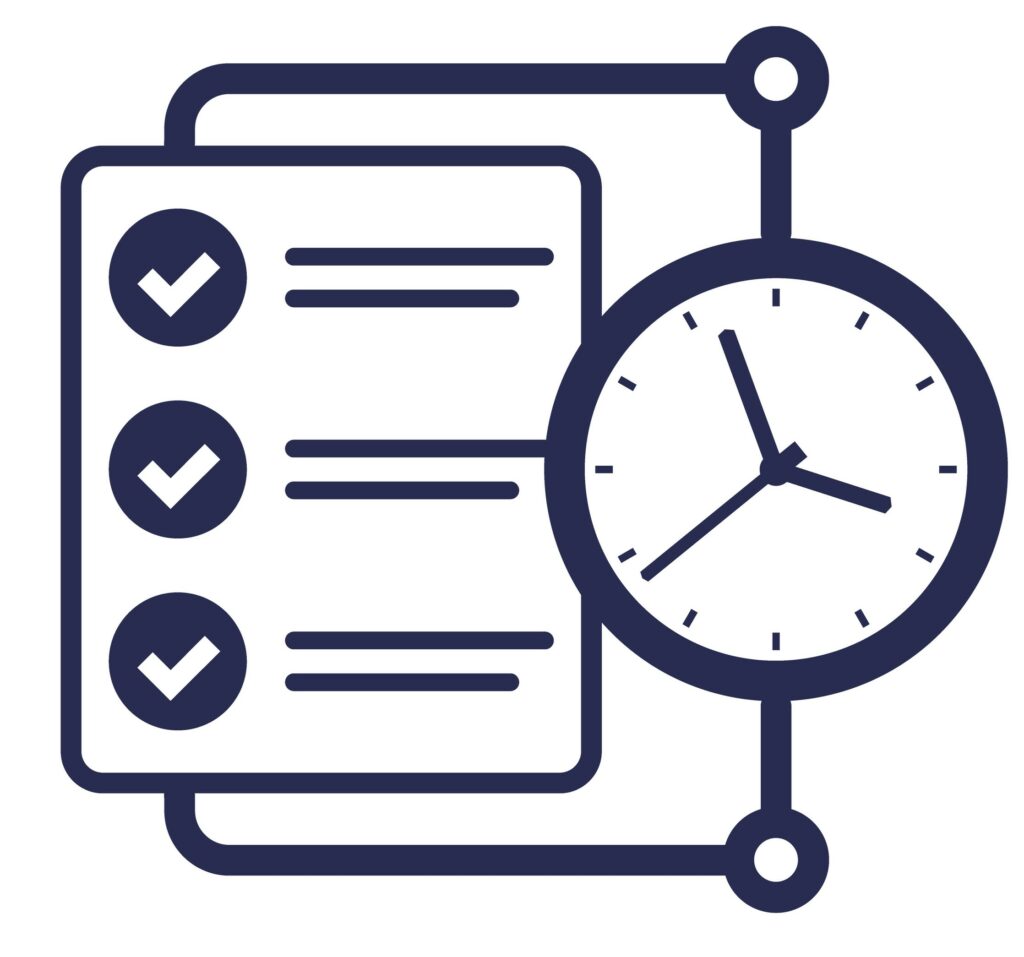
What If Your Income Is Too High for Medicaid?
If your income is too high to get you qualified for Medicaid, your child may still qualify for the Children’s Health Insurance Program (CHIP). It covers medical and dental care for uninsured children and teens up to age 19. CHIP eligibility is different in every state. You should check the CHIP requirements that correspond with your resident state.
What Happens After Your Application Gets Approved?
You will be issued a Medicaid Card if approved and enrolled in the program. You are expected to use your Medicaid Card the same way you’d use an insurance card.
You must present it whenever you require medical services under the coverage. If your card gets damaged, misplaced, or stolen, you should reach out to your Medicaid agency and request a new one.
You’d have to renew your Medicaid application whenever you’re asked to do so by your state agency.
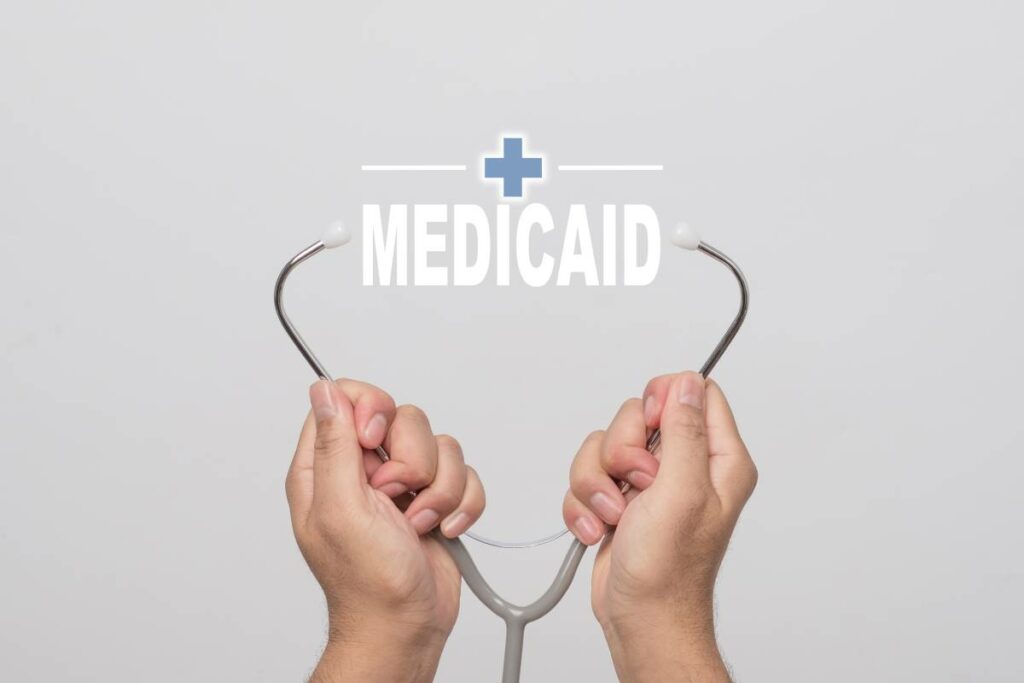
What Happens If Your Application Gets Denied?
It is important to note that not every Medicaid application gets approved. During the waiting period, agency reviewers will determine if your application meets the requirements for eligibility. Your application can get declined for a host of reasons. They include:
- Incomplete application
- You legitimately do not qualify for the benefits
If your application meets the requirements, you can appeal the decision if you get declined. You have 45 days to appeal the decision. It would help if you reached out to your state Medicaid office to find out about the appeal process.
In some cases, you may have to fill out a pre-existing form, a formal denial notice, documentation, and other information your local office requires. After they have received your appeal request, you will be notified of a hearing. This gives you an opportunity to describe your reasons for appealing the decision.
To Sum Up
The Medicaid healthcare benefit is the perfect solution to keeping you and your family healthy, especially if you’re a low-income earner. Thankfully, this article sheds light on how you can apply for the benefit.


